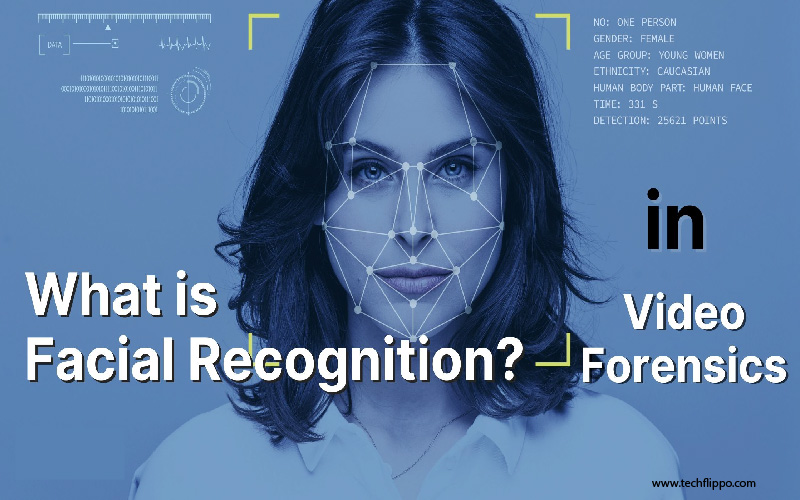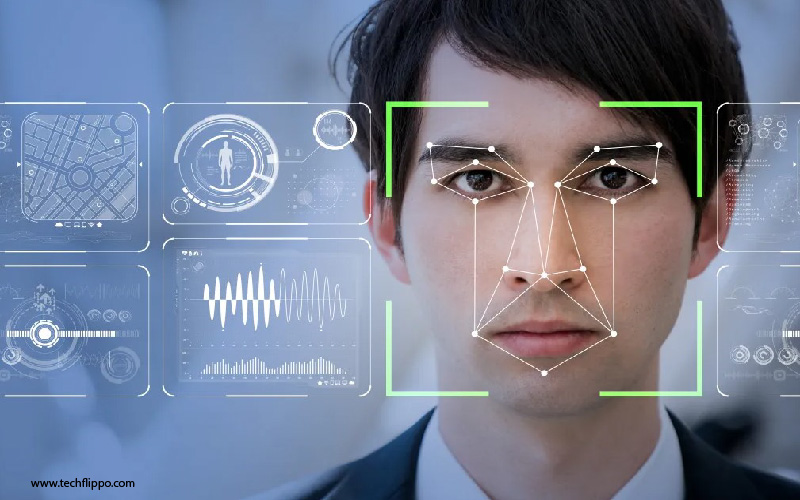Why Every Business Needs to Invest in Image and Video Recognition Technology Today
Welcome to the era where images and videos speak volumes in the digital landscape. In a world driven by visual content, businesses are increasingly harnessing the power of Image and Video Recognition Technology to stay ahead of the game. From enhancing customer experiences to streamlining operations, this cutting-edge technology is revolutionizing how companies interact with their audience. Let’s delve into why investing in Image and Video Recognition is no longer just an option but a necessity for every forward-thinking business today.

The Impact of Visual Content in Business
Visual content has become a powerful tool for businesses to connect with their audience on a deeper level. In today’s digital age, where attention spans are shorter than ever, captivating images and videos can make all the difference in grabbing consumers’ attention.
The impact of visual content in business is undeniable; it helps convey brand messages more effectively, enhances user engagement, and increases conversion rates. A well-crafted image or video has the potential to evoke emotions, tell a story, and leave a lasting impression on viewers.
With the rise of social media platforms like Instagram and TikTok placing heavy emphasis on visual content, businesses need to adapt by incorporating compelling images and videos into their marketing strategies. Visuals have the ability to communicate complex ideas quickly and efficiently compared to text alone.
Incorporating high-quality visual elements can help businesses stand out from competitors in crowded marketplaces and create memorable experiences for customers. By investing in image and video recognition technology, companies can take their visual content strategy to the next level by leveraging automation tools that analyze vast amounts of data at scale – saving time while improving accuracy.
How Image and Video Recognition Technology Works
Image and video recognition technology operates on advanced algorithms that analyze visual content. These algorithms can identify objects, scenes, or patterns in images and videos with remarkable accuracy. The process involves breaking down the visuals into smaller components for analysis.
The technology then compares these components against a vast database to recognize similarities and patterns. It can detect specific features like faces, logos, products, or landmarks within seconds. Machine learning plays a crucial role in improving the system’s ability to identify diverse visual elements accurately.
By continuously learning from new data inputs, image and video recognition technology constantly enhances its recognition capabilities over time. This results in more precise and efficient identification of visual content across various platforms.
This innovative technology revolutionizes how businesses interact with visual data by providing actionable insights at scale while streamlining processes seamlessly.
Benefits of Investing in this Technology
Investing in image and video recognition technology offers a range of benefits for businesses looking to stay ahead in today’s digital landscape. One significant advantage is the ability to streamline operations by automating tasks that were once time-consuming and labor-intensive. By utilizing this technology, companies can improve efficiency and productivity across various departments.
Another key benefit is the enhancement of customer experience through personalized marketing strategies. Image and video recognition technology allow businesses to tailor their messaging based on individual preferences, creating more targeted campaigns that resonate with their audience. This level of customization can lead to higher engagement rates and ultimately drive sales growth.
Moreover, implementing this technology can also help with brand monitoring and protection. Businesses can use image recognition to track where their logos are being used online, identify potential copyright infringements, or even monitor social media for brand mentions. This proactive approach enables companies to safeguard their reputation and intellectual property effectively.
Investing in image and video recognition technology presents numerous advantages that can positively impact a business’s bottom line while staying competitive in the ever-evolving marketplace.

Real-life Examples of Businesses Using Image and Video Recognition
Imagine walking into a store and seeing a product you like. Some businesses are using image recognition technology to allow customers to snap a picture of the item, find it online, and make a purchase within seconds.
In the automotive industry, companies are using video recognition to enhance safety features in vehicles. Cameras can detect drowsy drivers or potential collisions, alerting the driver in real-time.
Retail giants have adopted image recognition for personalized shopping experiences. By analyzing customer behaviors and preferences through images, they provide targeted recommendations that increase sales.
Even social media platforms utilize this technology by automatically tagging people in photos or suggesting relevant content based on visual data.
The applications are endless – from healthcare to security to marketing strategies. Businesses leveraging image and video recognition technology gain a competitive edge by offering innovative solutions and enhancing user experiences.
Future Potential of Image and Video Recognition Technology
The future potential of Image and Video Recognition Technology is vast and promising. As technology continues to advance, the capabilities of image and video recognition are expected to grow exponentially.
One area where we can expect significant developments is in the retail industry. With image recognition, businesses can personalize customer experiences by analyzing visual data to understand consumer behavior better.
Moreover, in the healthcare sector, this technology has the potential to revolutionize diagnostics and improve patient care. By accurately identifying patterns in medical images, doctors can make faster and more precise diagnoses.
Additionally, security systems will benefit greatly from image and video recognition advancements. Enhanced surveillance cameras equipped with this technology can help prevent crime more effectively by identifying suspects quickly.
As AI algorithms improve, we may see even more applications emerge across various industries like marketing, automotive, and agriculture. The possibilities seem endless as we step into a future driven by innovation in image and video recognition technology.
Conclusion
In today’s fast-paced digital world, image and video recognition technology have become essential tools for businesses looking to stay ahead of the curve. By harnessing the power of AI and machine learning, companies can unlock a wealth of opportunities to enhance their operations, improve customer experiences, and drive growth.
As visual content continues to dominate online platforms, investing in image and video recognition technology is no longer just an option – it’s a necessity. From streamlining processes to gaining valuable insights from data analytics, the benefits are endless.
By staying proactive and embracing this cutting-edge technology, businesses can position themselves as industry leaders and pave the way for future success. So why wait? Take the leap into the world of image and video recognition today and watch your business thrive in ways you never thought possible.